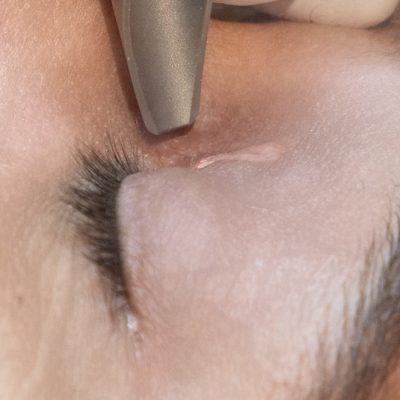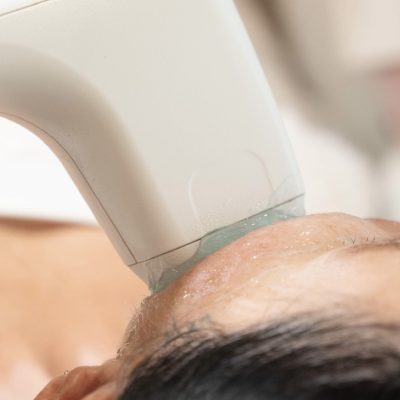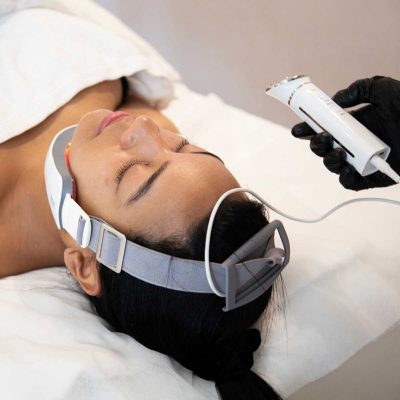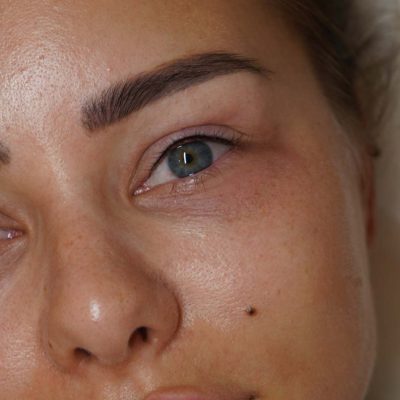LASER EYEBROW AND BODY TATTOO REMOVAL | May 14, 2023
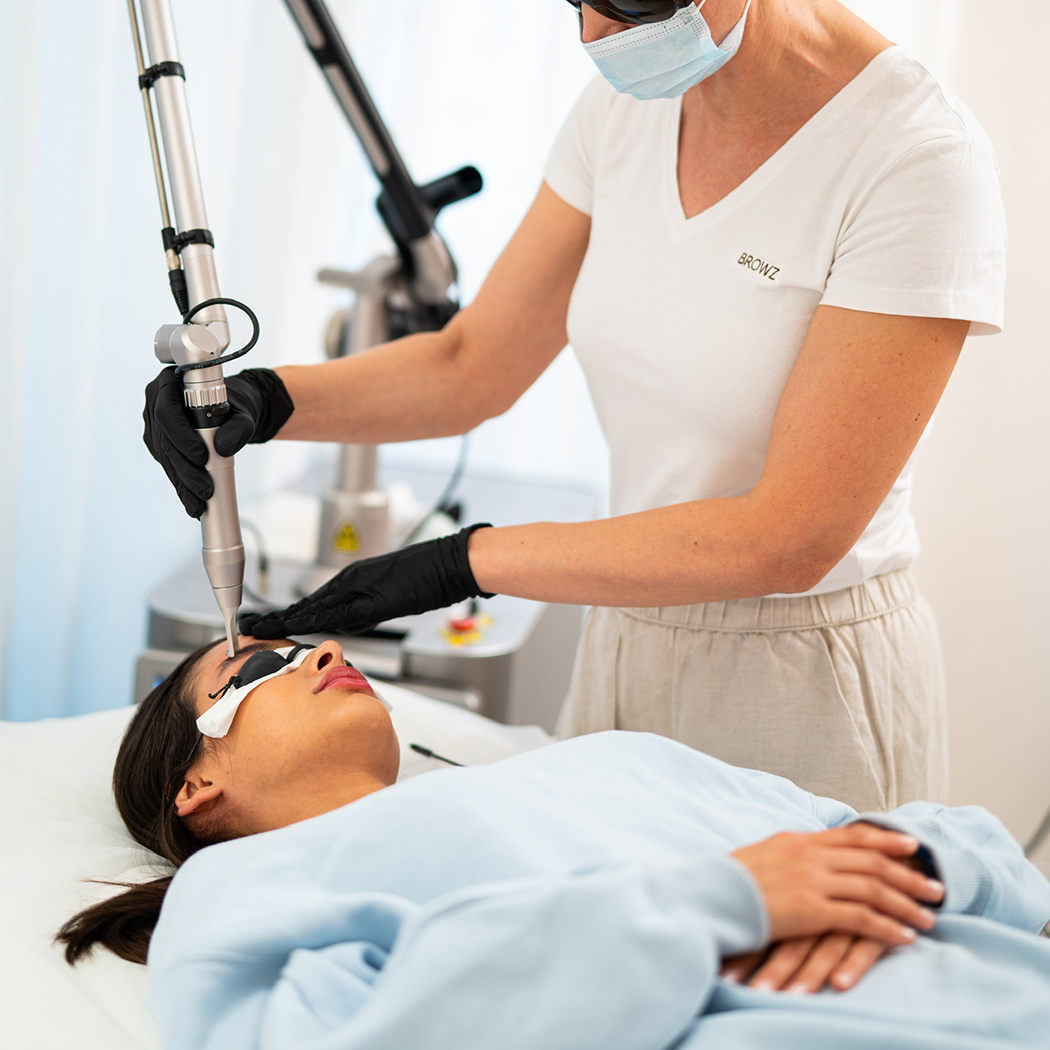
How Laser Tattoo Removal Works: Behind the Process
Tattoos are incredibly popular forms of self-expression, however, in recent years, the use of tattoos as a form of makeup has become more and more common. One particular trend that has gained significant attention is microblading, which involves the application of semi-permanent pigment to enhance the shape and fullness of eyebrows.
While microblading can transform your brows, there may come a time when you decide to remove or alter the ink. Laser tattoo removal is a secure and effective way to erase unwanted ink from your skin, but how exactly does it work? In this article, we’ll explore the science behind laser tattoo removal, particularly for the infamous eyebrow tattoo removal, and the mechanisms involved in the procedure.
The Basics of Laser Tattoo Removal
Generally in tattoo removal, the lasers used in the process emit highly-concentrated beams of light at specific wavelengths, with different wavelengths targeting different ink colours. The laser energy is carefully calibrated to pass through the skin’s outer layers without causing significant damage while selectively targeting the tattoo pigments.
The ink particles then absorb the laser energy, causing them to heat up and then break up into tiny fragments. Once the tattoo pigments are fragmented, they become smaller particles that are more easily recognized by the body’s immune system. The immune system identifies these foreign particles as a threat and begins the process of removing them.
Many types of lasers are used in tattoo removal, each with its specific advantages and target colours. For microblading ink, specific lasers, such as those with a shorter wavelength like 532nm, may be used to target lighter pigments commonly used for eyebrow enhancements.
The Procedure
Before the procedure begins, the patient’s skin is cleaned and numbed. Then, the laser is passed over the tattoo, emitting short pulses of light that target the ink particles. The treated area may turn white, indicating that the ink particles are breaking down.
The process may cause some discomfort with some individuals describing sensations similar to a rubber band snap but most patients generally tolerate it well.
Results and Recovery
After the procedure, you may experience slight swelling and redness in the treated or eyebrow area. The skin may also feel tender or sensitive, so it is important to keep the skin dry and clean. It is also crucial to avoid exposing the treated area to direct sunlight, as this can increase the risk of scarring or hyperpigmentation.
The results of laser eyebrow tattoo removal also may vary from person to person, as it is dependent on many factors, such as the tattoo’s size, colour, and age. Most patients will notice a significant lightening or fading of the tattoo after just one treatment session, but it will likely take several sessions to achieve complete removal.
We encourage you to follow your therapist’s aftercare instructions closely, which may include using ice packs and applying topical ointments or creams to the treated area.
Moving Forward With Laser Tattoo Removal
Laser eyebrow tattoo removal is one of the most safe and effective options to erase unwanted microblading pigments.
Understanding the science behind laser tattoo removal for microblading ink is vital for those seeking to alter or remove this ink, as it ensures that you are completely aware of what the process will entail. It can also help you decide between this or alternative procedures such as saline removal, chemical peels, or dermabrasion.
Before you make any final decision, always seek professional advice to help guide you toward the best solution for your desired vision.



